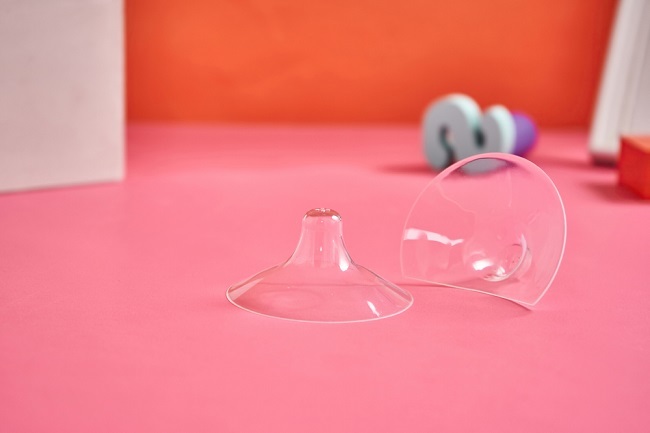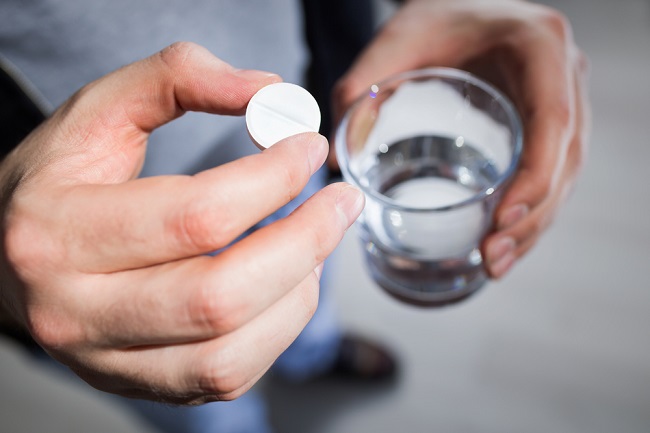Methadone is a drug used to prevent withdrawal symptoms that occur when the body responds negatively to stopping drug use. This drug can be given to patients who are undergoing rehabilitation due to drug abuse. In addition, methadone is also used to relieve pain or severe pain due to injury or after surgery.

Methadone is one type of opioid analgesic drug, which is a class of pain relievers that causes dependence if used repeatedly. Therefore, its use should be under the supervision of a doctor. Methadone is given when other types of pain reliever (analgesic) are no longer effective in relieving pain. The way this drug works is similar to morphine, which changes the performance of the nervous system and brain in responding to pain and pain experienced by patients.
Trademark: Methadone
About Methadone
| group | Opioid analgesics |
| Category | Prescription drugs |
| Benefit | Relieves severe aches and pains, and prevents withdrawal symptoms. |
| Consumed by | Mature |
| Pregnancy and breastfeeding category | Category C:Animal studies have shown adverse effects on the fetus, but there are no controlled studies in pregnant women. Drugs should only be used if the expected benefit outweighs the risk to the fetus. Methadone can be absorbed by breast milk, so it should not be used during breastfeeding. |
| Drug form | Syrup |
Warning:
- Methadone is not intended for children under 18 years of age.
- Avoid using methadone if you have or have ever had a respiratory problem, such as asthma.
- Be careful taking methadone if you have or have a history of chronic obstructive pulmonary disease (COPD) and a head injury or other conditions that can increase pressure on the brain, such as a brain tumor.
- Tell your doctor if you have or have ever had heart problems, liver and kidney disease, gallbladder disease, thyroid disease, or pancreatic disorders.
- Tell your doctor if you have or have ever had a mental disorder, such as depression.
- Methadone should be used with caution in elderly patients or patients with weakened immune systems, because it can increase the risk of respiratory problems.
- Avoid consuming alcohol while taking methadone, as it can increase the risk of serious side effects.
- Tell your doctor if you are taking any other medicines, including supplements and herbal products.
- If an allergic reaction or overdose occurs, see a doctor immediately.
Methadone Dosage
The dose of methadone varies depending on the age of the user and the condition. The following are details of the use of methadone syrup:
- Pain reliever
Mature: Initial dose is 5-10 mg, every 6-8 hours as needed. The dose of the drug can be increased slowly according to the body's response. Dosage no more than 2 times a day if used for long-term treatment.
seniors: The dose is the same as the adult dose. Repeated dosing should be done with caution.
- Withdrawal symptoms due to drug abuse
Mature: The dose given depends on the level of dependence of the patient on drugs. Initial dose: 20-30 mg, once a day. The dose may be increased by 5-10 mg if withdrawal symptoms persist or recur. Maximum dose: 40 mg on the first day of use. It is given as a single dose or divided into several doses.
After the patient's condition has stabilized for 2-3 days, reduce the dose gradually every day or 2 days apart. Dose reduction should still be done carefully to prevent withdrawal symptoms from reappearing.
Using Methadone Correctly
Follow the doctor's recommendations and read the information listed on the drug packaging label.
Methadone can be taken before or after meals. However, if this drug causes nausea or heartburn, take it with food or milk.
Shake the bottle of methadone first so that it is completely mixed before drinking. Use the measuring spoon that comes in the package for the right dose, and don't use a tablespoon.
Methadone is only used for short-term medical therapy, and its use is under the strict supervision of a doctor. Do not increase your dose or take too many doses without your doctor's permission. Do not stop using the drug suddenly because methadone can cause withdrawal symptoms, especially for patients who have been taking methadone for a long time.
Store methadone at room temperature and in a closed container to avoid sun exposure, and keep out of reach of children
Drug Interaction
Some interactions that can occur when methadone is used with other drugs include:
- Increases risk of withdrawal symptoms, if used with buprenorphine and naloxone.
- Increases levels and risk of side effects of methadone, when used with cimetidine, erythromycin, antifungal drugs (ketoconazole and voriconazole), or ritonavir.
- Increases blood levels of diazepam, lorazepam, alprazolam, and zidovudine.
- Lowers levels and reduces the effectiveness of methadone, when used with other types of anticonvulsant drugs (phenobarbital, phenytoin, carbamazepine) and rifampicin
- Increases risk of QT prolongation type heart rhythm disturbances, if used with heart rhythm medications, such as amiodarone.
- Decreases brain activity further, if used with other types of opioid drugs such as morphine or tranquilizers
Know the Side Effects and Dangers of Methadone
Side effects that may occur after taking methadone are:
- Emotional changes.
- Visual disturbances.
- Sleep disturbances (insomnia or hypersomnia).
- Headache.
- Gastric pains.
- Slow breathing.
- Frequent sweating.
- Constipation and difficulty urinating.
- Nausea and vomiting.
Minor side effects usually go away on their own after a few days or weeks as the body adapts to the treatment process. Call your doctor right away if side effects get worse or any of the following conditions occur:
- Allergy symptoms, such as itching, rash, and swelling of the face, lips, tongue, or throat.
- Difficulty breathing (difficulty breathing).
- Chest pain and fast heart rate.
- Symptoms of serotonin syndrome, such as hallucinations, fever, muscle stiffness, and disorientation.
- Orthostatic hypotension.
- Addiction and overdose.
- seizures.









